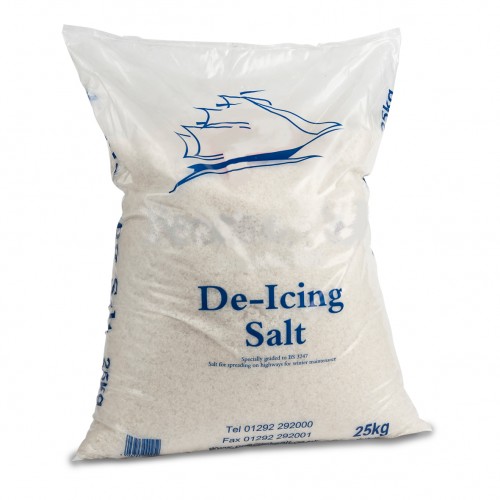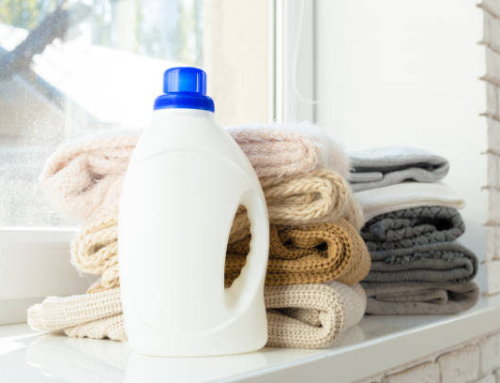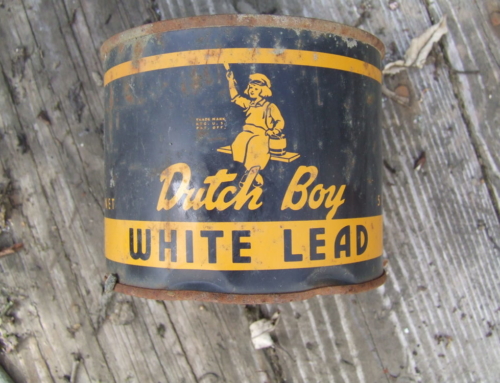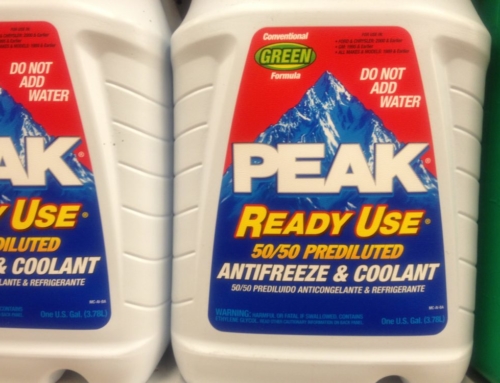If you have any reason to suspect your pet has ingested something toxic, please contact your veterinarian or one of the other resources listed:
• ASPCA Animal Poison Control Center 24-hour hotline at (888) 426-4435
• Pet Poison Helpline® 24-hour animal poison control service at (855) 764-7661
De-Icing Salts
De-icing salts, used to melt snow and ice during cold weather, can be hazardous to pets. Accidental ingestion may occur after dogs walk on treated surfaces and then lick their paws. It is important to wipe off your pet’s paws immediately following exposure.
The most commonly used de-icing formulation contains sodium chloride, a toxin when ingested in large quantities. Other ice melting formulations (potassium chloride, magnesium chloride, calcium carbonate and calcium magnesium acetate) are less toxic but also more expensive.
Signs and symptoms of toxicity: Vomiting is most often the first clinical sign of toxicity. Others signs may include diarrhea, depression, lethargy, tremors, seizures, shortness of breath, and disorientation. These signs have been reported within 3 hours of ingestion. De-icing salts can also cause skin irritation, burns and cracks on the paw pads.
Toxic Consumption: Toxicosis may occur with 2-3 g/kg (0.9-1.3 g/lb) of sodium chloride ingestion. Consumption of 4 g/kg (1.8 g/lb) can be fatal.
| X-Small Yorkie, Chihuahua |
Small Pug, Boston Terrier, Poodle |
Medium Beagle, Scottish Terrier |
Large Boxer, Cocker Spaniel |
X-Large Retriever, German Shepherd |
XX-Large Great Dane, St. Bernard |
| 1 – 10 lbs. (0.45 – 4.6 kg) |
11 – 25 lbs. (5 – 11.4 kg) |
26 – 40 lbs. (11.8 – 18.2 kg) |
41 – 70 lbs. (18.6 – 31.8 kg) |
71 – 90 lbs. (32.3 – 40.9 kg) |
91 – 110 lbs. (41.4 – 50 kg) |
 |
 |
 |
 |
 |
 |
| > 0.05 Tbsp | > 0.5 Tbsp | > 1.3 Tbsp | > 2 Tbsp | > 3.5 Tbsp | > 4.5 Tbsp |
| Most Cats | Large Cats |
| 1 – 10 lbs. (0.45 – 4.6 kg) |
11 – 25 lbs. (5 – 11.4 kg) |
 |
 |
| > 0.05 Tbsp | > 0.5 Tbsp |
References:
– Osweiler, G, et al. (2011). Blackwell’s five-minute veterinary consult clinical companion. Small Animal Toxicology. [Kindle version]. Retrieved from Amazon.com
Pet Poison Control is provided free as a public service by the American College of Veterinary Pharmacists. Today we’re asking you to support us with a small donation. If you would like to dedicate your gift in honor or memory of a pet or individual, you will have that option before checkout. Your gift of any amount helps us maintain this resource and make it available to the pharmacy and veterinary communities. Thank you!





